5. Mississippi Grind
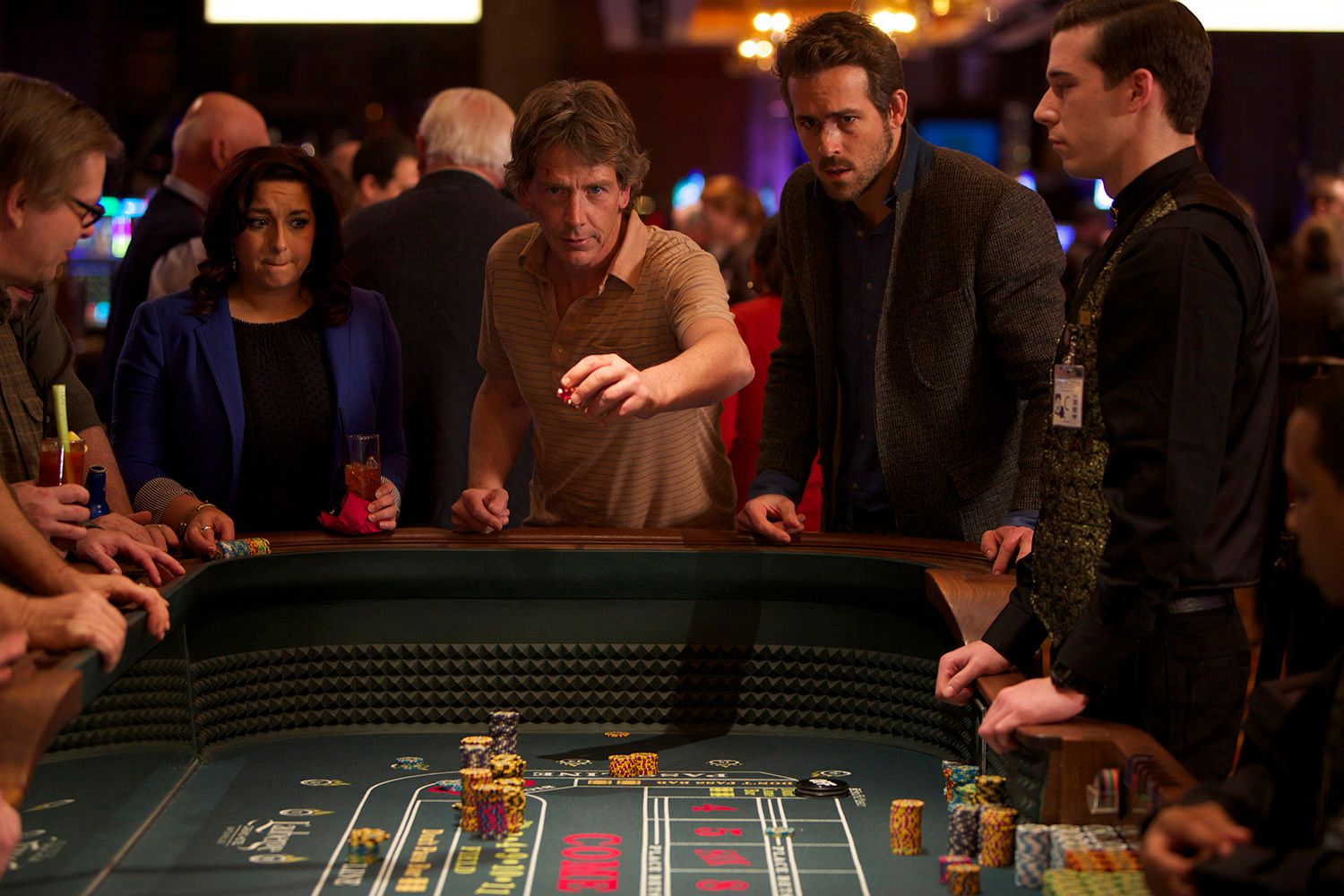
A classic movie star two-handler, Mississippi Grind feels like the type of film that would have starred Newman and Redford had it been released in the late 1960s, and the film has more than a few references to the Newman classic The Hustler. Two card sharks find themselves working together to pay off their debts; Ben Mendelsohn plays Gerry, a gambler who feels like he’s lost his purpose, and Ryan Reynolds’s character Curtis doesn’t feel like he’s ever found his.
Both characters are addicted to the high of winning, but after taking one too many losses they’re forced to focus on getting out of the gambling cycle. Even if it’s molded on 60s star vehicles, Mississippi Grind takes its story and modernizes it as a slow burn indie character piece, one that is perfectly suited for A24.
Mendelsohn is completely likeable as a lovable loser; the story of a recovering gambler who’s trying to reunite with his estranged family isn’t an original one, but Mendelsohn is able to make Gerry charismatic even when he’s at his most deceptive.
As for Reynolds, this is a nice change of pace for him; while his smug charisma is perfect for delivering one liners in action or comedy films, Reynolds is also able to elevate these traits into a fleshed out character whose outgoing personality hides his anxieties. There are moments that are predictable, but Mississippi Grind is also a lot more playful than most gambling movies, and the lively performances make the material feel fresh.
4. Locke
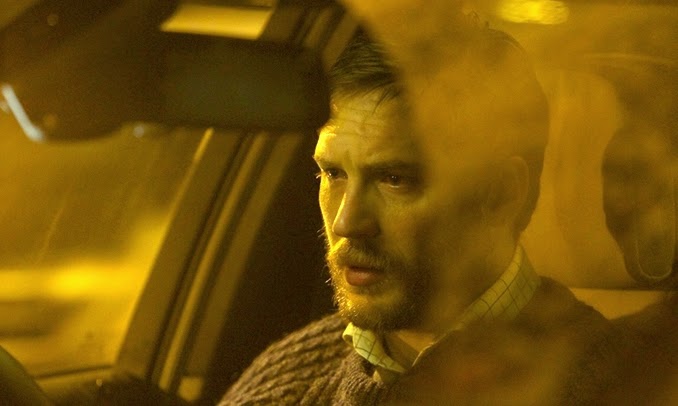
Any film that features only one onscreen character requires a dynamic lead performance, and Tom Hardy gives one for the ages in Locke. As a construction worker who’s forced to confess his infidelities to his family, Hardy’s character spends the entire 90 minute runtime of the film on phone calls in his car. The setting is perfect, as the story plays out like watching a car crash; it’s impossible to look away as this man’s life collapse over the course of several intense conversations.
Hardy shows incredible restraint with his performance; it would have been easy for the character to have a breakdown early on, but Hardy’s attempts to remain composed and confess his misdeeds with grace make the character all the more vulnerable.
It’s also noticeable how little expository dialogue there is; the audience gets everything they need to know about the different character dynamics through the inflection from the vocal performances and the nuances in Hardy’s physical movements. Conceptually experimental and perfectly acted, Locke is a captivating and claustrophobic experience that literally traps the audience in its environment.
3. Slow West
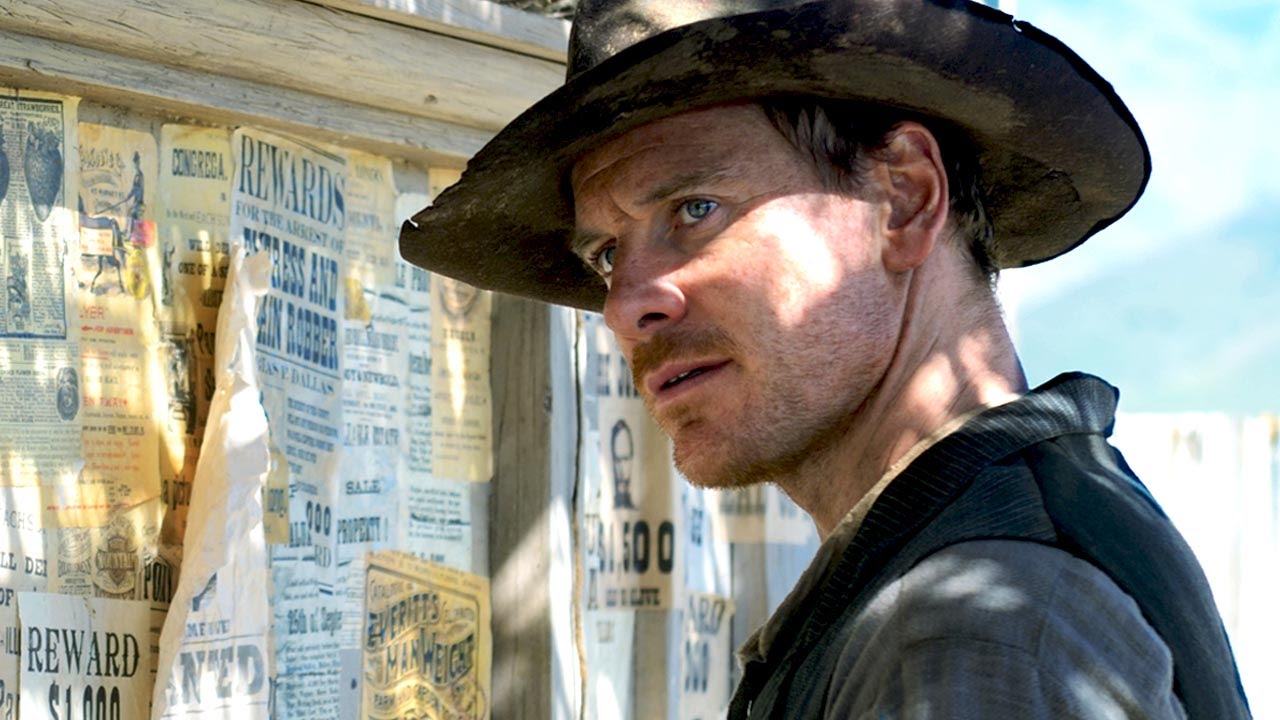
Playing out like a twisted take on a fairy tale, Slow West explores the chaos and contradictions of Old West archetypes through the eyes of the lovesick young traveler Jay (Kodi Smit-McPhee) and his mentor, the wisecracking bounty hunter Silas (Michael Fassbender), as they venture through unknown territory to find Jay’s lost love. There’s tension in the form of another bounty hunter Payne, played by Ben Mendelsohn in one of his most outrageous performances to date, but the joy of the film comes from the comic energy in which the film violently depicts the harsh reality of westerns.
Jay doesn’t necessarily respect Silas, but he realizes that he must become more like him in order to survive, and the bluntness with which Silas’s explains his morality is often hilarious. Writer/director John Maclean crafts stark, colorful backgrounds that bask in the beauty of the landscapes, and this restraint makes the grotesque violence all the more shocking. Slow West is one of the more interesting revisionist westerns that’s been released recently, but despite winning the World Cinema Jury Prize at the Sundance Film Festival, it’s a film that still hasn’t quite found an audience.
2. Enemy
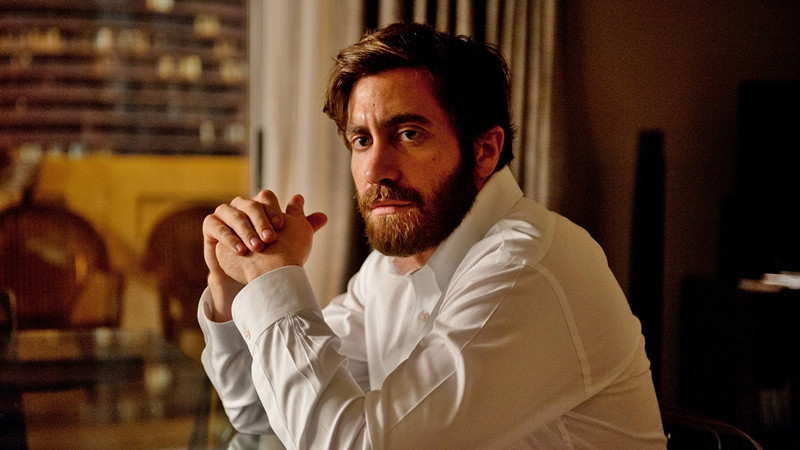
Denis Villeneuve has emerged as one of the best directors working today, with films like Prisoners, Sicario, Arrival, and Blade Runner 2049 introducing him to an American audience and solidifying his status as one of cinema’s modern visionaries.
Villenueve’s earlier film Enemy doesn’t have the same reputation as his other efforts, but it’s just as brilliant; this mind bending tale of two identical men who become obsessed with each other is so layered with metaphors and hidden meanings that it begs to be instantly rewatched. The bold yellow covers and omnipresent score make Enemy a tense film throughout, with a stunner of an ending that will leave any film fan stunned.
While it’s the hidden meaning that makes Enemy rewatchable, it’s the performance by Jake Gyllenhaal that initially grabs the audience’s attention. Gyllenhaal is nuanced in playing both characters as two completely different people with different priorities, but as both men’s lives converge Gyllenhaal morphs their traits to reflect the impact that they have on each other. The material is dense enough that it requires a strong human connection, and Villeneuve is able to make this sordid tale enthralling by making his characters sickening and tragic all at once.
1. The End of the Tour
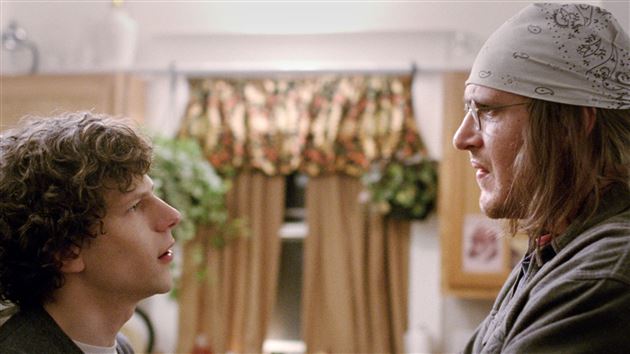
This semi-biographical story about the relationship between legendary author David Foster Wallace (Jason Segal) and journalist David Lipsky (Jesse Eisenberg) has a great sense of what it means to be a writer; both characters view their writing as not a means to an end, but an integral part of their being. Lipsky is tasked with following Wallace for a book tour, and throughout their journey together they’re both forced to bounce ideas off each other and open themselves up to new perspectives.
Many comedic actors have tried to take on more dramatic parts, but Jason Segal’s performance here is quite subdued and restrained when compared to the exuberant performances that he usually gives. There’s no overblown dramatic scene where Wallace confesses all of his problems, but over the course of the film there are nuances in Segal’s performance that indicate his struggles with finding meaning in his life. While Wallace’s real life ended in tragedy, the film is at least able to find positivity in the way he changes Lipsky’s perspective on what success really means.
While Eisenberg is often typecast as these sorts of neurotic, stammering characters, here he is well cast as a journalist who gets in for more than he bargained for. The chemistry between Segal and Eisenberg is what makes the film work, as is their transition into friendship; Lipsky stops viewing Wallace as a removed subject, and Wallace stops seeing Lipsky as an advantageous manipulator. The End of the Tour is a beautifully made film that approaches a difficult subject with reflection and humor, and deserves to be ranked highly among the best films A24 has produced.